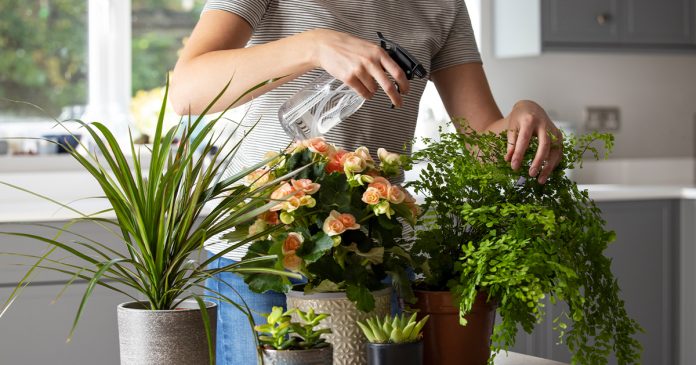Looking after indoor plants sounds easy—until your green buddy starts drooping, becoming yellow, or just won’t grow. You buy them hoping they’ll thrive, only to find yourself second-guessing every watering session. Don’t panic! You aren’t alone. Indoor plants can be sometimes difficult, but once you learn about the common challenges, you will find that it is much simpler to keep them alive and flourishing.
Let’s take a look at some of the struggles you commonly face and help you deal with them.
Overwatering or Under watering plants needs to be checked
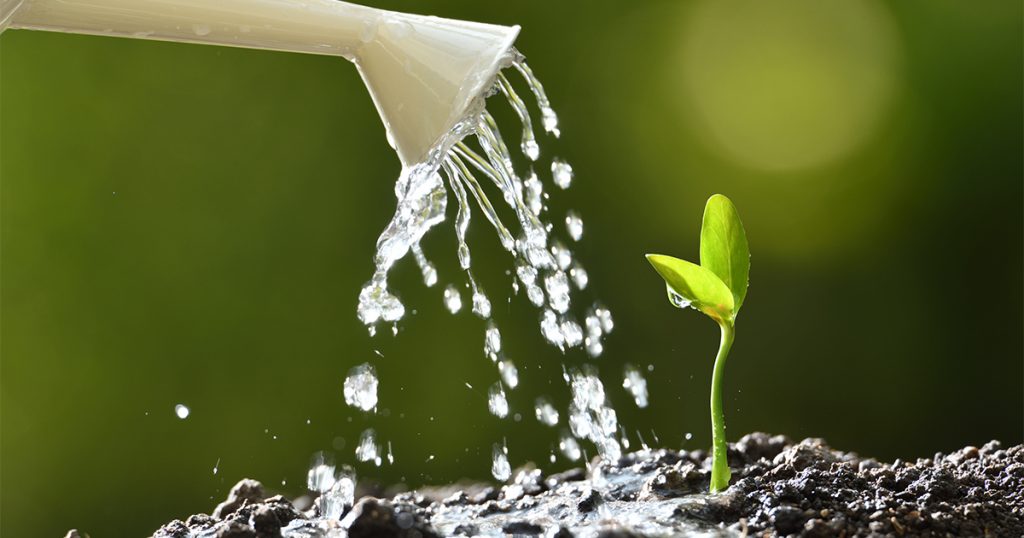
This one tops the list. You either water too often or not enough. The tricky part? Different plants have different needs. A snake plant won’t drink as much as a fern.
Instead of sticking to a fixed schedule, check the soil. Poke your finger in about an inch deep. If it’s dry, it’s time to water. If it still feels damp, wait a day or two. Also, make sure your pot has proper drainage. Sitting water at the bottom is a quick route to root rot.
Too Much or Too Little Light can mar growth in indoor plants
Your plant’s leaves can tell you a lot. Yellowing, curling, or drooping? It might be the light. Some plants need bright, direct sunlight. Others prefer low, indirect light.
Move your plant around and watch how it reacts. If it starts looking happier in a different spot, that’s your cue. South-facing windows give the most light, while corners and shaded areas are better for low-light lovers. You don’t always need fancy grow lights—just a bit of experimentation goes a long way.
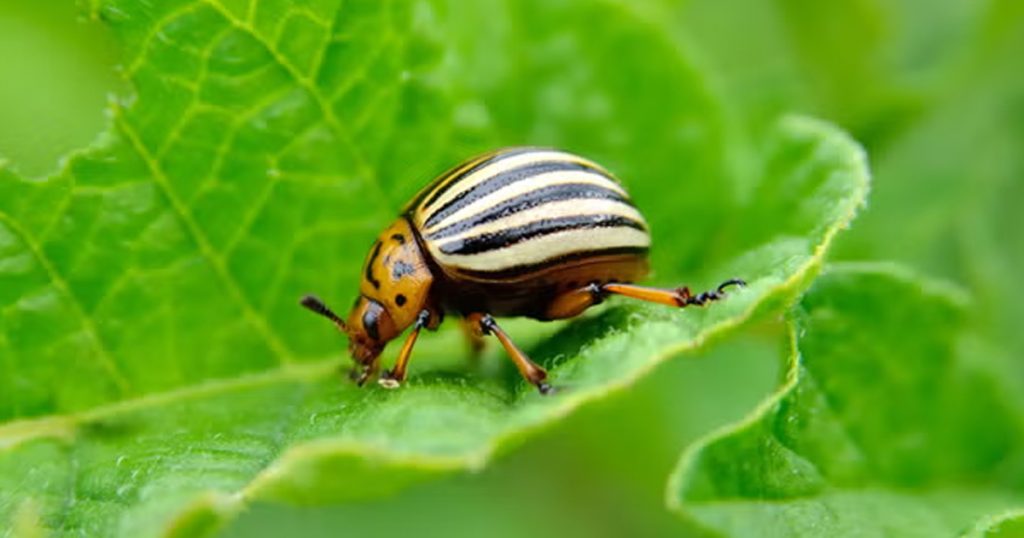
Pest Problems keep visiting Indoor Plants
Even if you have a plant indoors, bugs can potentially find them. You may notice a couple of little flies near the soil or some sticky material on the leaves. It could be fungus gnats, spider’s mites, or mealy bugs. Don’t worry. Just wipe down the leaves gently with some soap and water or neem oil. If it’s fungus gnats, allow the soil to dry out since they thrive in moist soil. Be vigilant and treat any pests right when you notice them so you can stop any issues before they escalate.
Not Enough Humidity for Plants
Most indoor plants (especially tropical plants) need more humidity than most typical living arrangements provide. Insufficient humidity can cause crispy leaves or brown edges. You do not need anything extra or expensive to correct the situation! You can group your plants closer together, place some water in a tray nearby, lightly mist the leaves, or use a small humidifier if the air is dry in the winter months.
Pot is Too Big or Too Small for your Plant
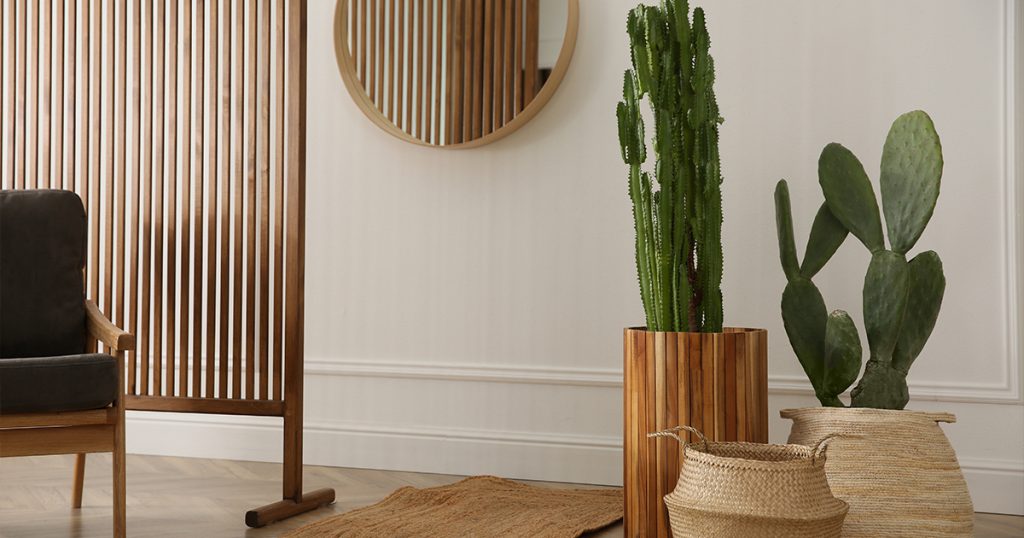
If your plant isn’t growing, or feels uncomfortable, check the size of its pot. A pot that is too large or too small can inhibit proper root development and uptake of water. If roots have started to break out of the drainage holes, or are wrapping around the top of the soil, you should repot the plant. Choose a container just one size bigger. And remember to refresh the soil—nutrients don’t last forever.
Ignoring Nutrient Needs for Plants
Just like you, plants need food in form of fertilisers. If they look pale or aren’t growing well, they might be hungry. Regular potting soil only lasts so long.
Use a balanced, water-soluble fertiliser once a month during growing seasons (spring and summer). However, don’t overdo it. Too much fertilizer can burn the roots. Less is more, especially in fall and winter when growth slows down.
Sudden Temperature Changes

Plants don’t enjoy drafts or extreme shifts. Cold air from an open window or heat from a nearby vent can shock them. You might notice wilting, curling leaves, or sudden drooping.
Keep your plants in stable spots. Don’t place them too close to heaters, AC units, or windows that get chilly at night. Consistency is key here.
Not Knowing Your Plant
It might sound basic, but one of the biggest challenges is simply not knowing what your plant needs. A cactus doesn’t want the same care as a peace lily. And a monstera has different needs than a succulent.
Take a minute to look up the type of plant you have. Learn its ideal light, water, and humidity preferences. That little bit of knowledge will save you a lot of guesswork and stress.
Make It a Habit, Not a Task
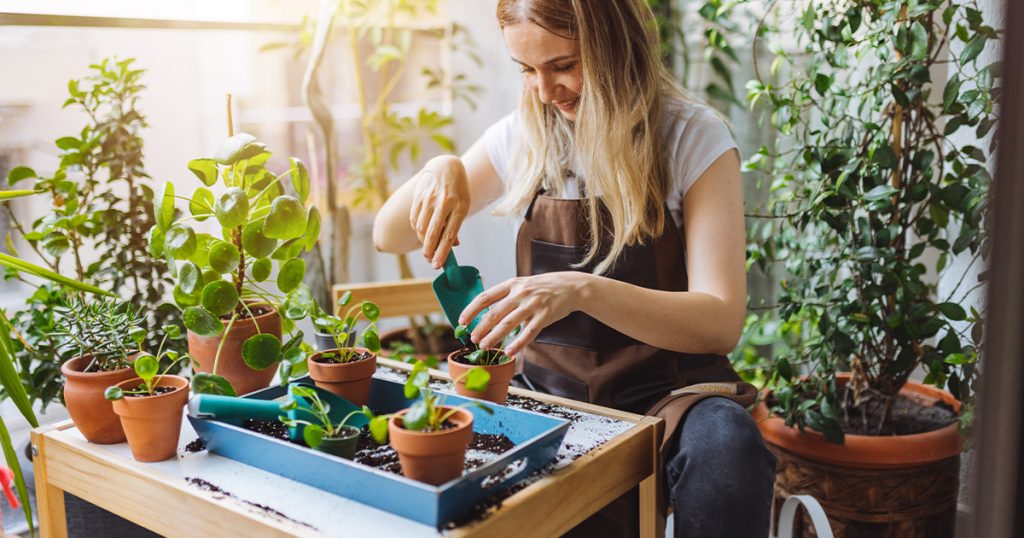
Plant care doesn’t have to feel like a task. After you develop your rhythm, it becomes a component of your routine. You can check your plants while sipping your morning coffee, or before heading to bed at night. You will learn that the more you inspect your plants, the more you learn to read their signs.
Additionally, don’t feel bad if you lose a plant or two. Everyone does. Even experienced plant parents face setbacks. What matters is that you learn from it. Indoor plant care isn’t about perfection. It’s about being observant and adjusting as needed. If something looks off, take action. Plants are resilient. They bounce back with the right care, and the process becomes easier with time.

